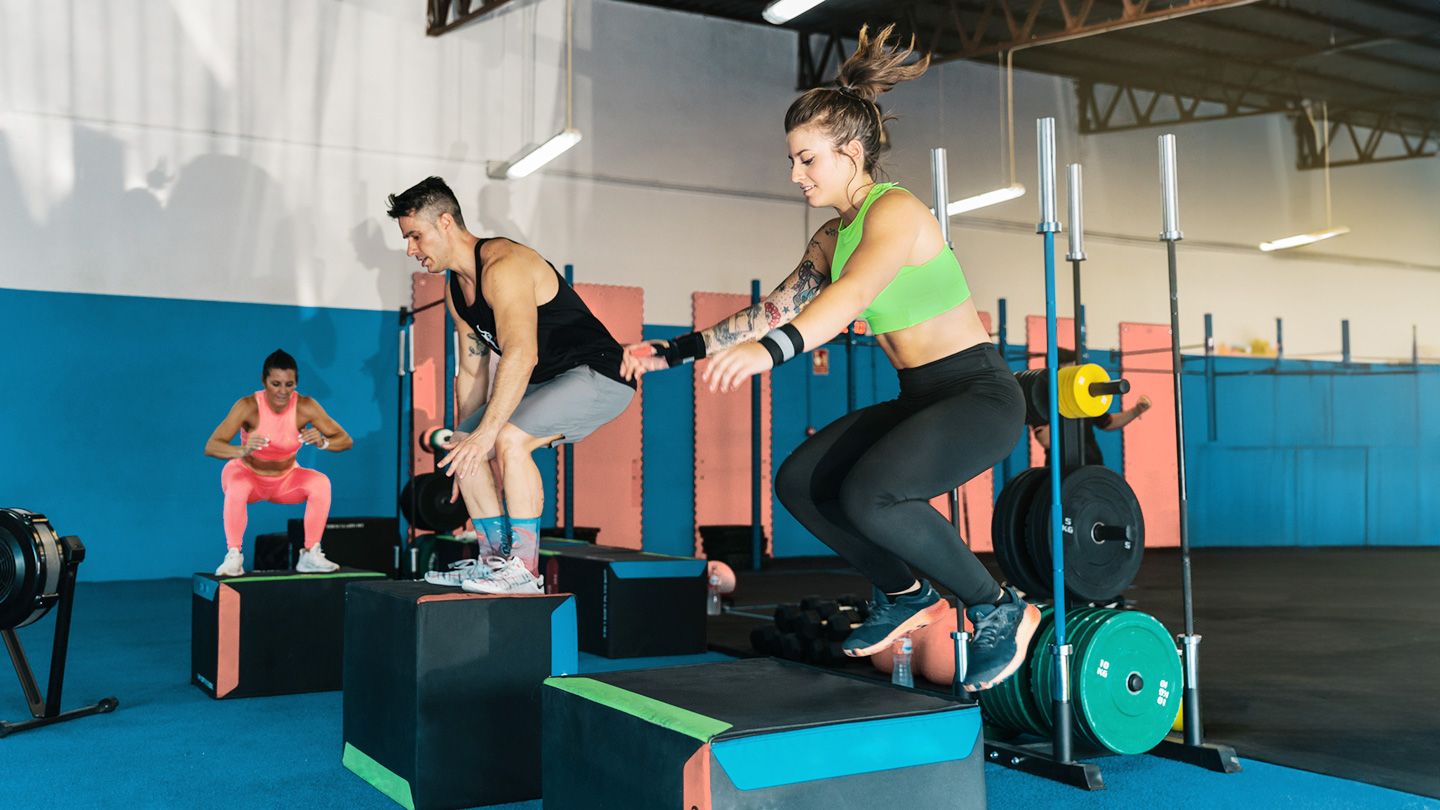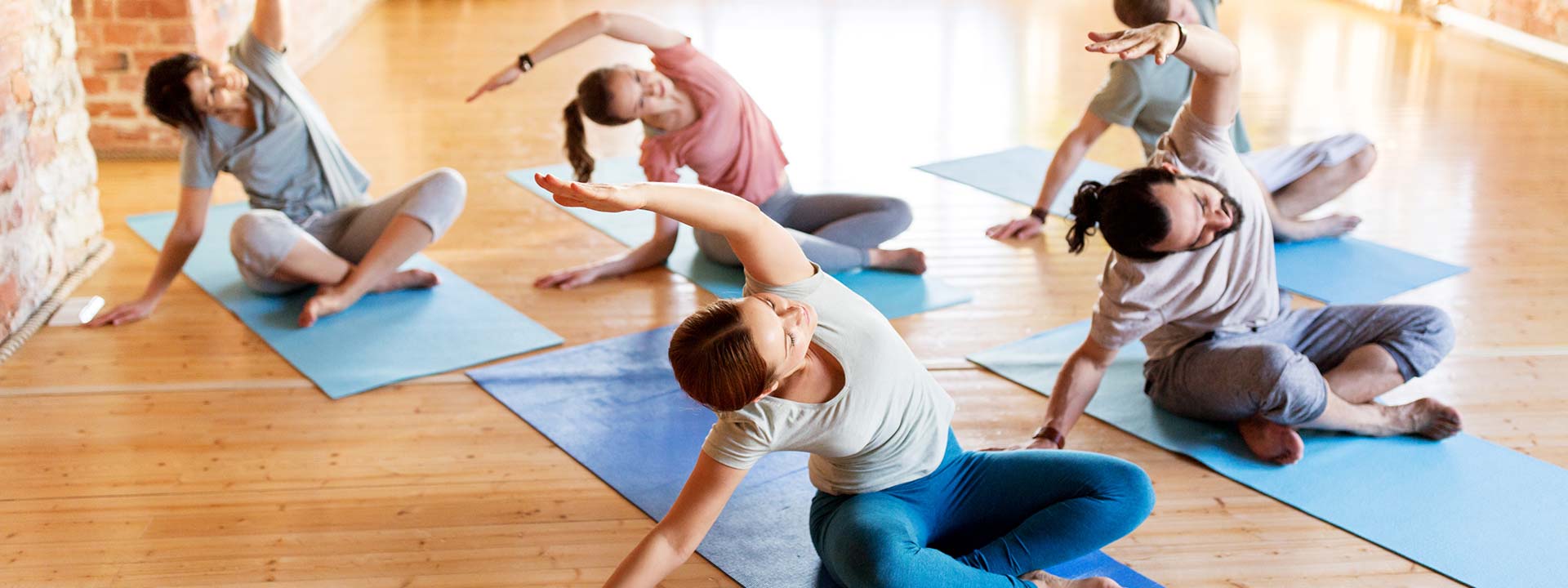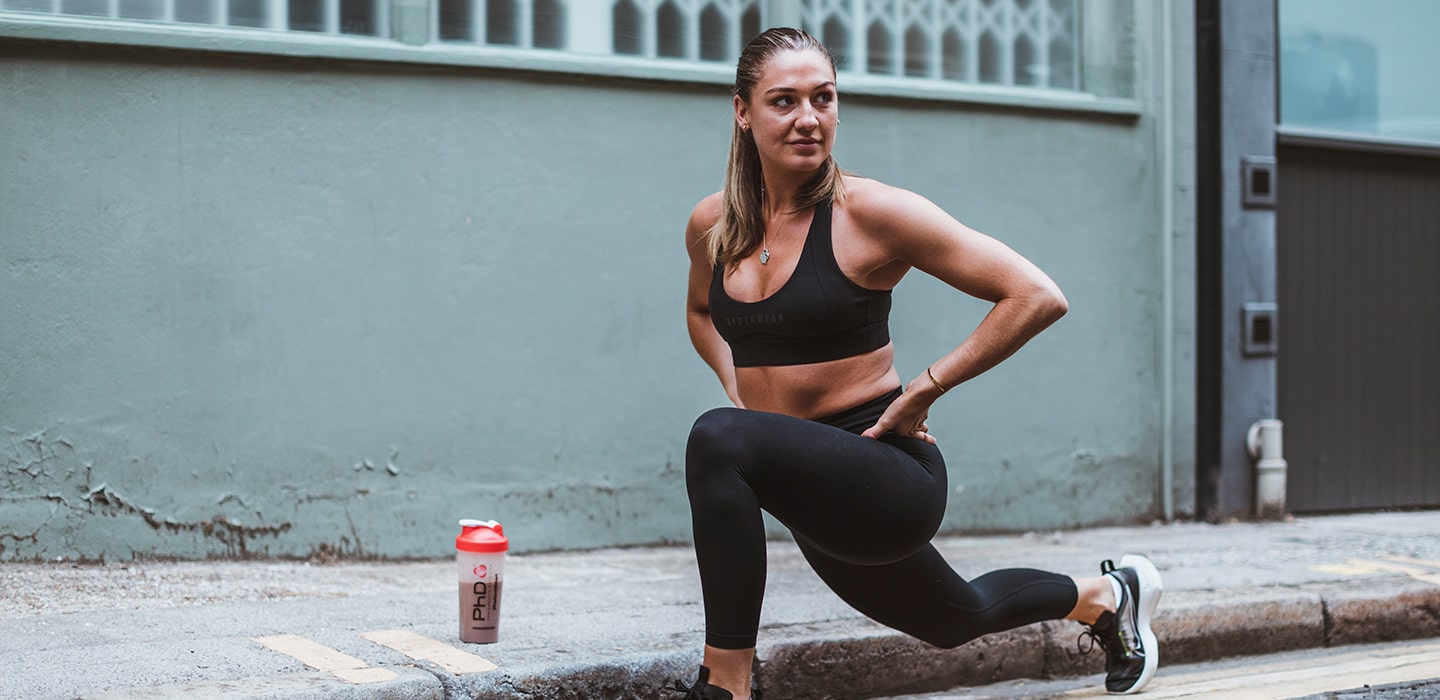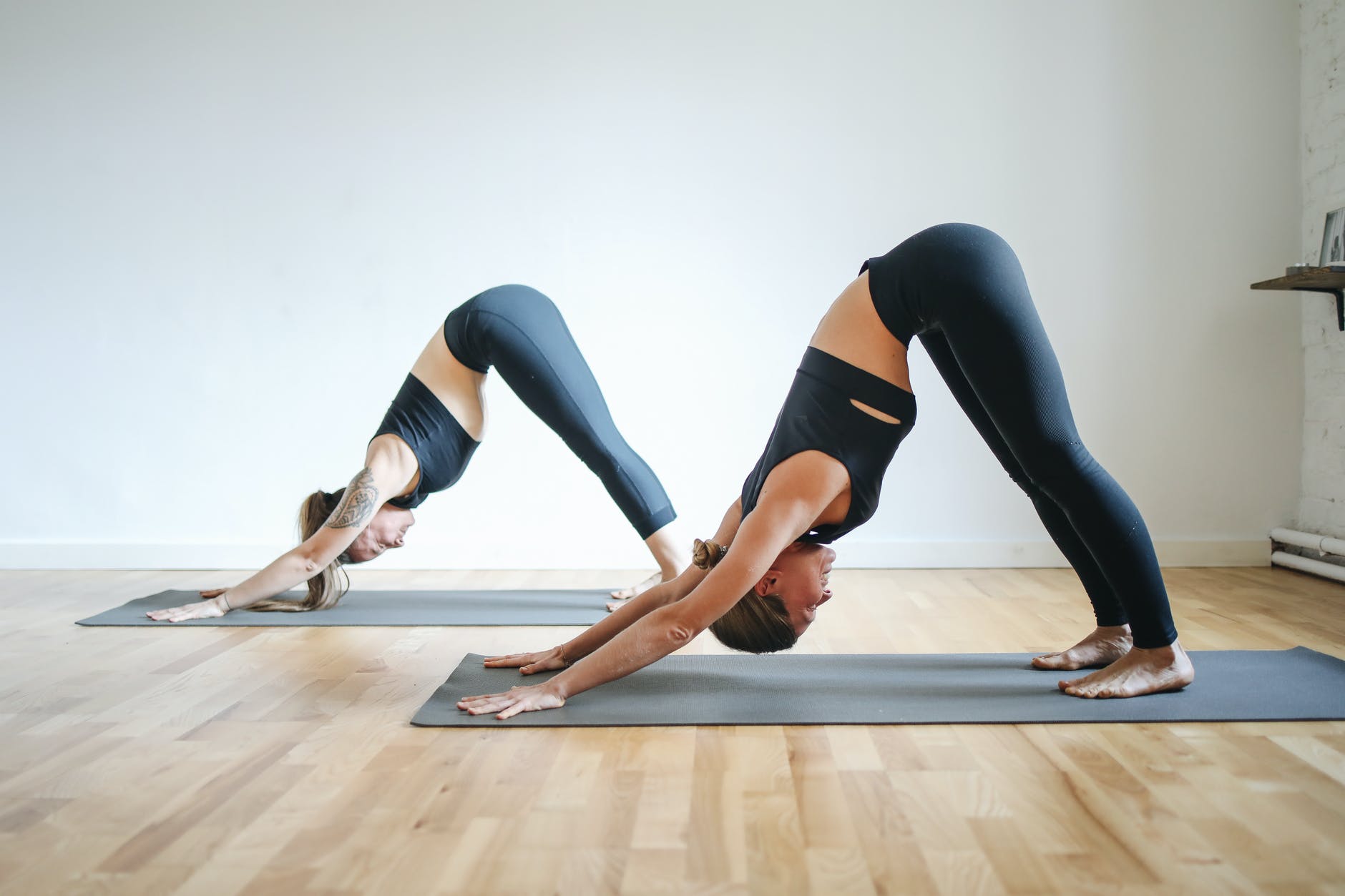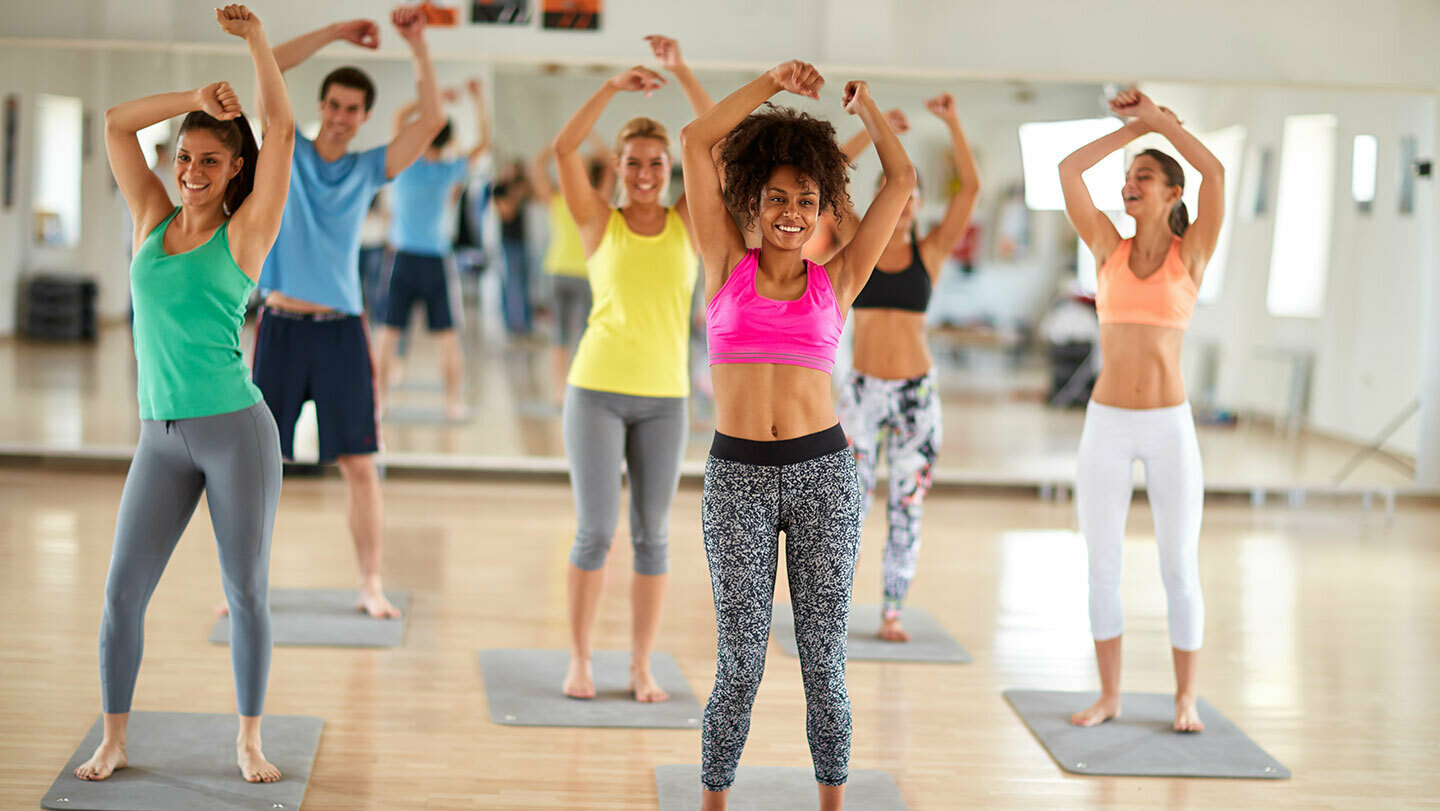Improving your vertical jump is crucial for enhancing your athletic performance. Plyometric exercises are among the most effective ways to achieve this, as they build explosive strength and agility. By incorporating specific exercises into your training routine, you can significantly boost your power and coordination, allowing you to jump higher with greater ease.
In this article, you will discover six key plyometric exercises that can help you elevate your jump and overall performance. These exercises not only target your leg muscles but also enhance your body’s ability to generate quick and powerful movements. Whether you’re an athlete looking to improve in your sport or simply trying to develop greater fitness, these practical tips will set you on the right path.
Get ready to transform your jumping ability and see noticeable results. Let’s dive into the exercises that can make a difference in your training and help you rise to new heights.
Key Takeaways
- Plyometric exercises improve strength and power for jumping.
- Proper technique is essential for safety and effectiveness.
- Consistent training enhances coordination and overall performance.
Understanding Plyometrics
Plyometrics are powerful exercises that can enhance your ability to jump higher. They rely on unique mechanisms of your muscles to maximize performance. This section focuses on the science behind jumping and the critical role of the stretch-shortening cycle.
The Science of Jumping
When you jump, your body goes through a series of rapid movements. Plyometric exercises train your muscles to respond quickly and efficiently.
- Muscular Strength: This is the foundation for jumping ability. Stronger muscles can generate more force.
- Explosive Power: Plyometrics enhance your explosive power, allowing for quicker and higher jumps.
- Fast-Twitch Muscles: These muscle fibers are essential for short bursts of energy. Plyometric training targets and develops these fibers.
By improving these areas, you become better at generating the speed and strength needed for successful jumps.
Importance of the Stretch-Shortening Cycle
The stretch-shortening cycle (SSC) refers to how muscles work when you jump. It is a natural muscle action that occurs in two phases.
- Eccentric Phase: This is when your muscles lengthen before a jump, storing energy. For example, when you squat down before jumping.
- Concentric Phase: This is when your muscles shorten, releasing the stored energy to propel you upward.
Maximizing the SSC is crucial for effective jumping. Plyometric exercises harness this cycle, allowing you to achieve higher jumps with less effort. Understanding this process can help you improve your jumping technique and overall performance.
Essential Plyometric Exercises
Plyometric exercises help you develop explosive power, which is vital for jumping higher. Focusing on these key movements will enhance your vertical jump and improve your overall athletic performance.
Squat Jumps
Squat jumps are a fundamental plyometric exercise that builds lower body strength. To perform a squat jump, start with your feet shoulder-width apart. Lower your body into a squat, ensuring your knees stay aligned with your toes.
From the squat position, push through your heels and explode upward. Aim to jump as high as possible while extending your arms overhead. On landing, softly bend your knees to absorb the impact before returning to the squat position.
Benefits:
- Improves leg strength
- Enhances explosive power
- Engages your core for stability
Box Jumps
Box jumps are another effective exercise for increasing your vertical leap. Find a sturdy box or platform at a suitable height. Stand in front of it with your feet shoulder-width apart.
Bend your knees slightly and swing your arms back for momentum. Jump onto the box, landing softly with your feet flat. Keep your knees slightly bent and maintain a good posture. Step back down rather than jumping off to avoid injury.
Benefits:
- Builds explosive strength
- Improves coordination
- Challenges your balance
Tuck Jumps
Tuck jumps are excellent for training speed and agility. Begin in a standing position with your feet hip-width apart. Jump upward, bringing your knees toward your chest while keeping your core tight.
Land softly on your feet and immediately transition into the next jump. Aim for a quick and powerful movement. The goal is to maximize height and speed while maintaining good form.
Benefits:
- Increases vertical jump height
- Develops lower body power
- Enhances cardiovascular fitness
Burpees
Burpees are a full-body exercise that combines strength and explosive movements. Start in a standing position, then drop into a squat and place your hands on the floor.
Kick your feet back to a plank position, perform a push-up, and then return to the squat position. From there, explode upward into a jump with your arms raised. Burpees improve your endurance and build strength across multiple muscle groups.
Benefits:
- Boosts overall strength
- Improves coordination and agility
- Engages multiple muscle groups


Proper Technique and Safety
Maintaining proper technique and safety is essential when performing plyometric exercises. Using the correct form can enhance your performance and help prevent injuries. A proper warm-up and stretching routine are also crucial components of a safe workout.
Executing Jumps with Correct Form
When executing jumps, start with your feet shoulder-width apart. Your knees should align with your toes as you bend into a squat.
Key Points for Proper Form:
- Knees Over Toes: Ensure your knees are aligned with your toes to avoid strain.
- Engage Your Core: A strong core helps stabilize your body while jumping.
- Land Softly: Focus on landing softly with bent knees, absorbing the impact through your legs.
Use your arms to gain momentum. Swing them up as you jump and lower them as you land. This technique promotes balance and power.
Minimizing Injury Risk
To minimize injury risk, always start with a proper warm-up. This prepares your muscles for explosive movements. Incorporate dynamic stretching to improve flexibility and range of motion.
Injury Prevention Tips:
- Use Cushioning: Jump on a soft surface like a gym mat. This reduces impact on your joints.
- Pace Yourself: Avoid excessive repetitions. Gradually increase the intensity over time.
- Listen to Your Body: Stop if you feel sharp pain or discomfort during exercises.
By following these practices, you can enhance both your performance and safety while benefiting from plyometric training.
Integrating Plyometrics into Your Routine
Adding plyometrics to your training can enhance your performance and explosiveness. To do this effectively, focus on designing structured workouts, balancing intensity with rest, and progressing your training over time.
Designing a Plyometric Workout
When creating a plyometric workout, start with a warm-up. This prepares your muscles for explosive movements. After warming up, choose 4-5 exercises that involve jumping. Examples include squat jumps, box jumps, and tuck jumps.
Aim for 3-4 sets of each exercise. Start with 6-10 repetitions per set. Make sure to maintain proper form to avoid injuries. You can also mix in bodyweight exercises like lunges or push-ups to build strength.
Consider the duration of your workout as well. Aim for 20-30 minutes for focused plyometric training, which allows enough intensity without causing fatigue.
Balancing Intensity and Rest
Plyometric training requires a careful balance between intensity and rest. High-intensity exercises affect your muscles and joints, so adequate recovery is crucial.
After each set, rest for 60-90 seconds. This allows your body to recover and perform each jump with maximum power.
Monitor your body’s response. If you feel fatigued or unable to maintain form, increase your rest time. This could mean adjusting your routine to include lighter days or less intense exercises to prevent injury and promote sustainable progress.
Progressing in Plyometric Training
Progressing your plyometric training is essential for improvement. Start at a level that matches your current ability. As you become stronger, gradually increase difficulty.
You can progress by adding more repetitions, increasing the height of jumps, or incorporating weights. For example, try weighted vests during box jumps or squat jumps to enhance strength and power.
Regularly assess your performance. If you can consistently complete your workout, it’s time to step up the challenge. Keeping track of your progress will help you stay motivated and continue improving.
Advanced Plyometric Techniques
Plyometric training is key for boosting your vertical jump and overall athletic performance. Advanced techniques involve complex movements designed for those with a strong fitness base. These methods enhance explosive power and introduce equipment that can further challenge your workouts.
Complex Movements for Experienced Athletes
Experienced athletes can benefit from complex movements that combine different plyometric drills. Lateral bounds are effective for increasing speed and agility. This exercise works by pushing off to the side, landing softly, and quickly bouncing back in the opposite direction.
Medicine ball throws also enhance explosive power. Stand with your feet shoulder-width apart, throw the ball explosively upward or forward, and catch it as it returns.
For those into Olympic weightlifting, incorporating dynamic lifts can improve your jump. Movements like the clean and jerk or snatch develop strength and speed in powerful bursts.
Utilizing Equipment and Weights
Using equipment adds a new dimension to plyometric training. Weighted vests or ankle weights can increase resistance during jumps, enhancing strength and power.
Another option is using boxes for jump drills. Performing box jumps with varying heights promotes explosiveness. Start with a manageable height and gradually increase as your strength builds.
Consider working with a personal trainer to monitor your form and progress. They can customize a strength training routine that blends plyometrics with other exercises tailored to your goals.
